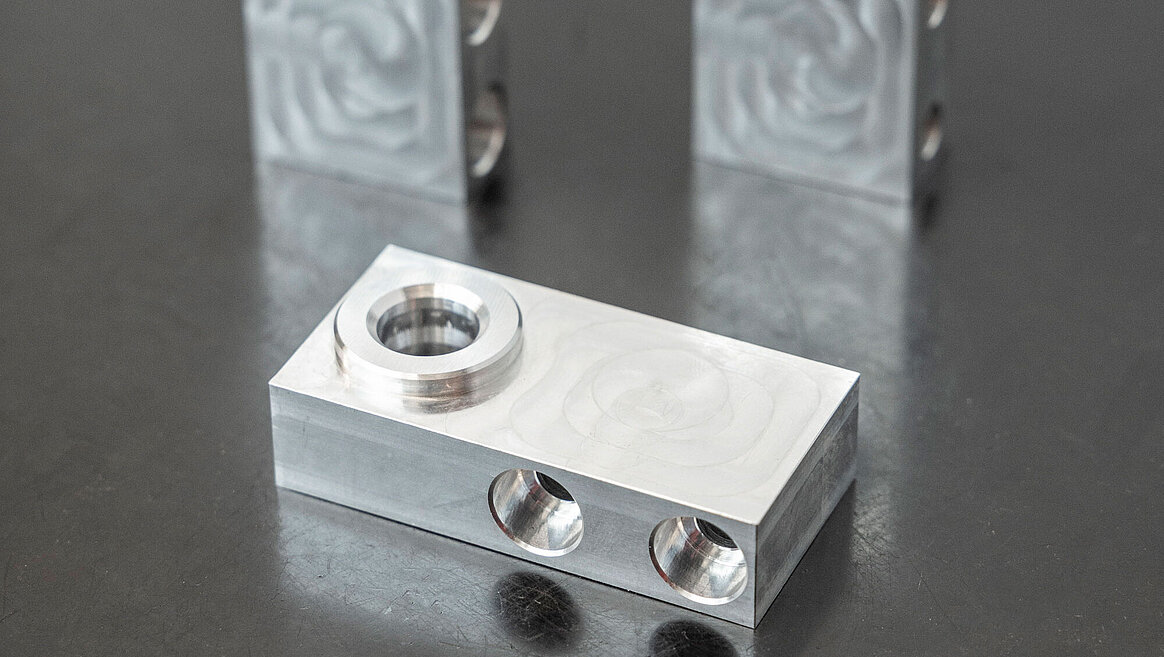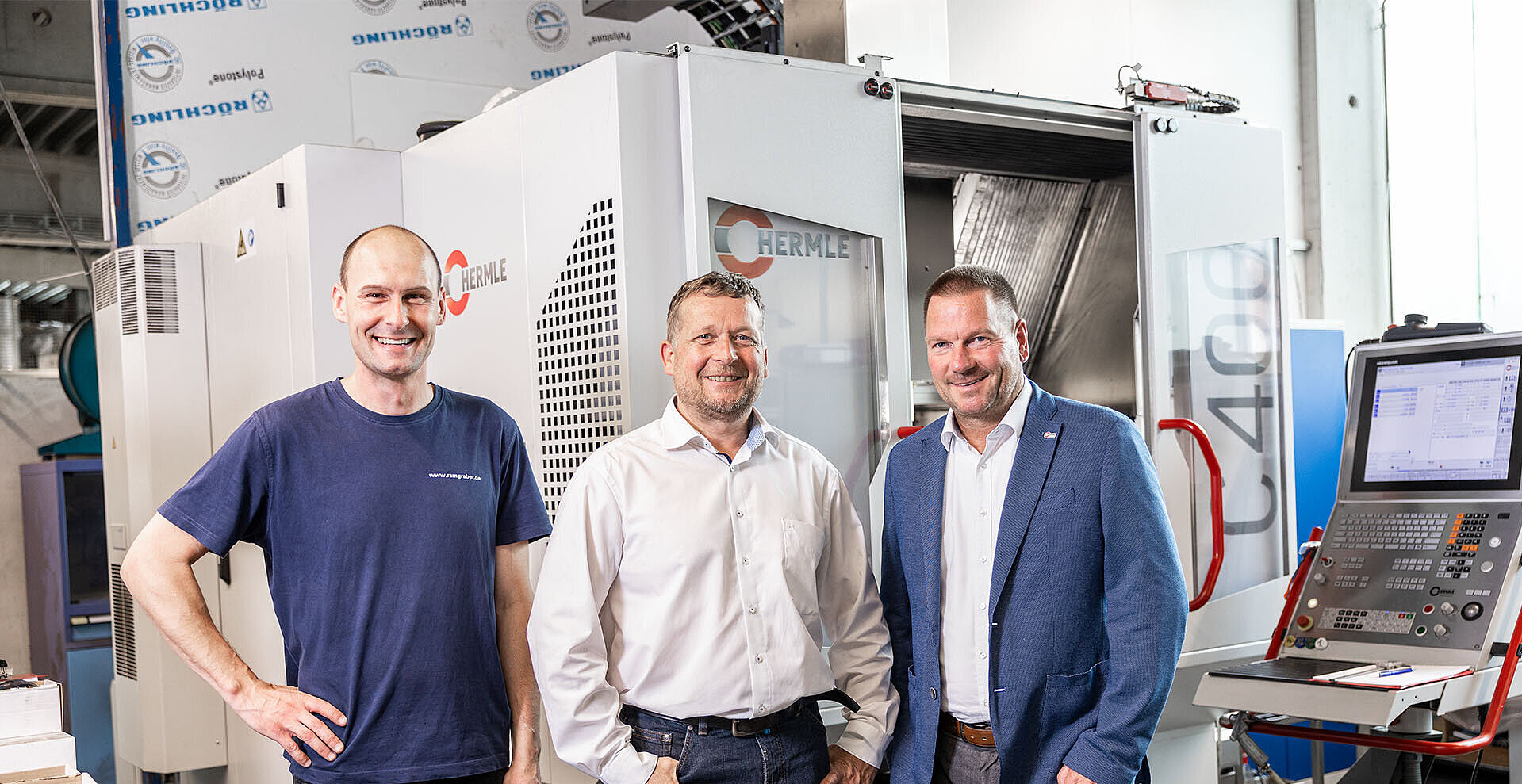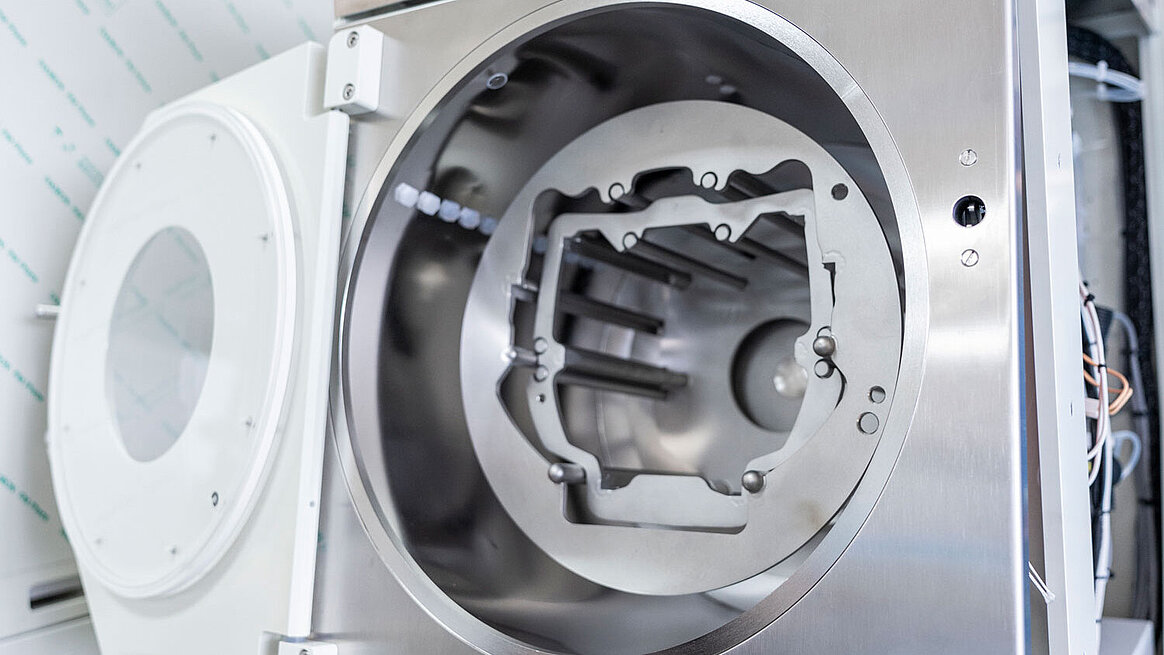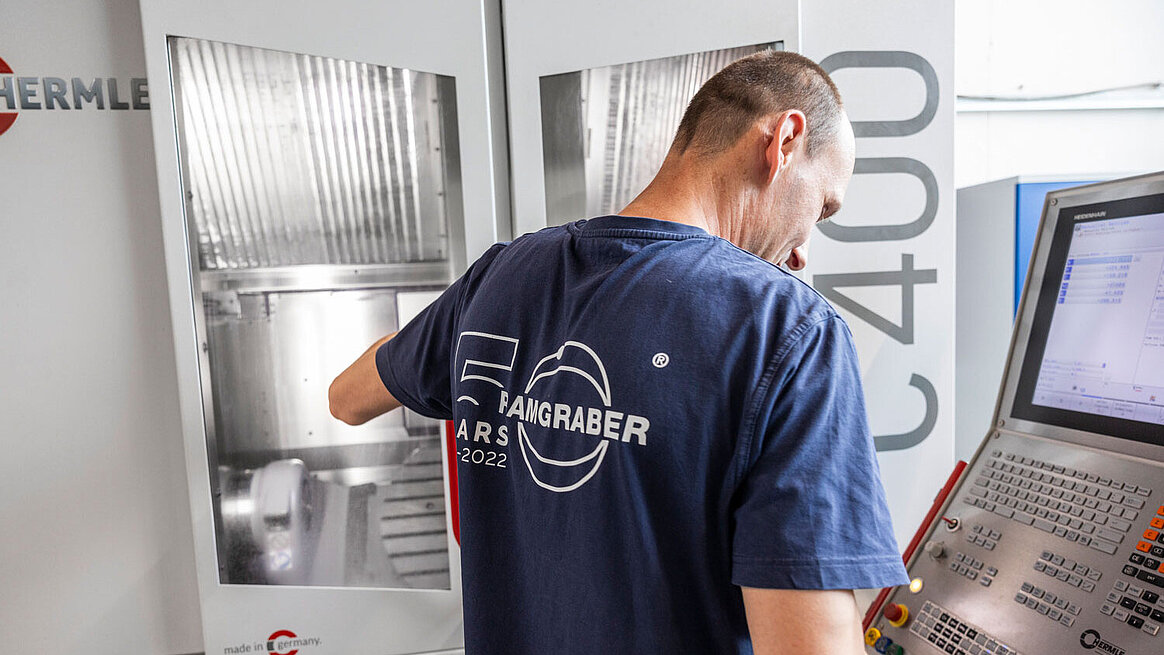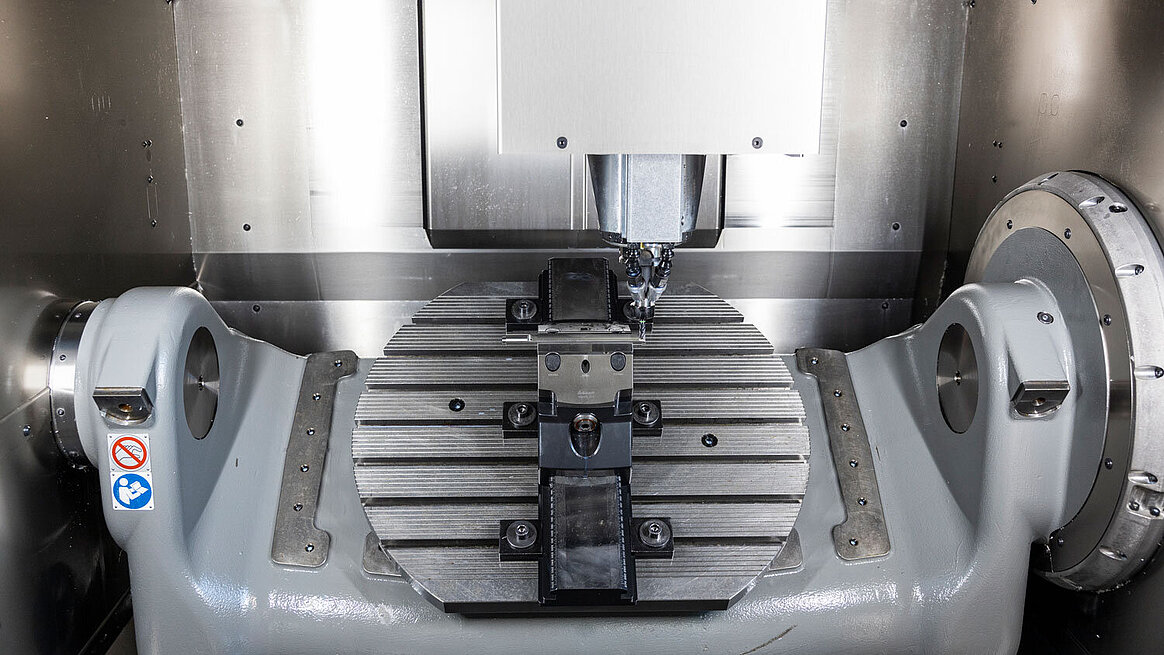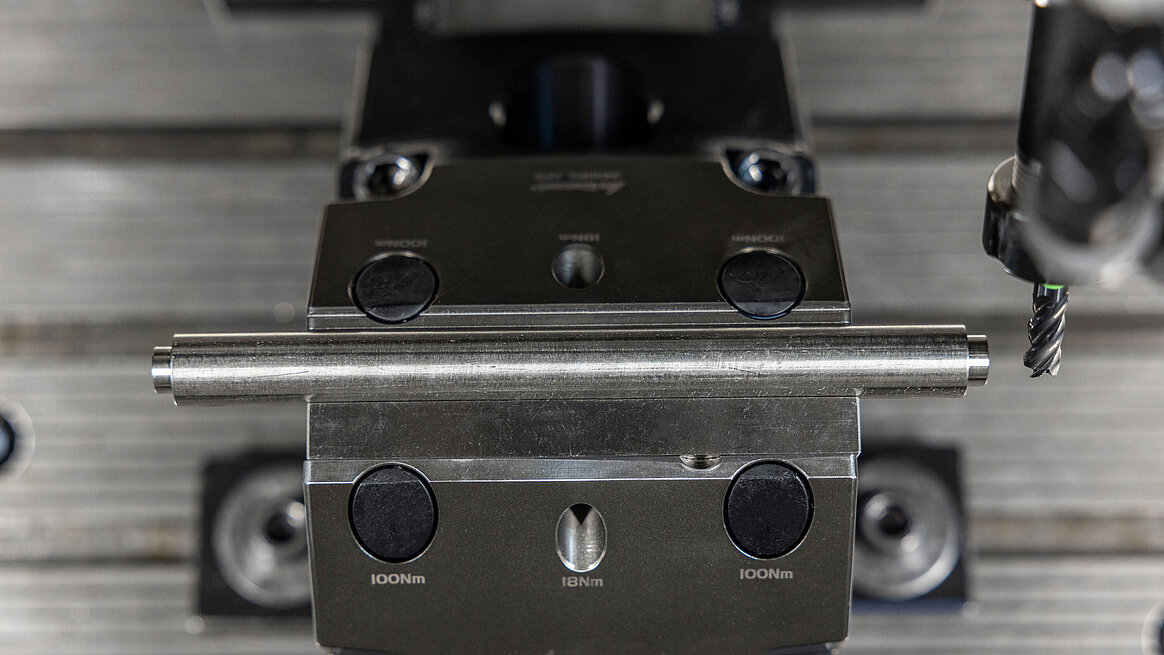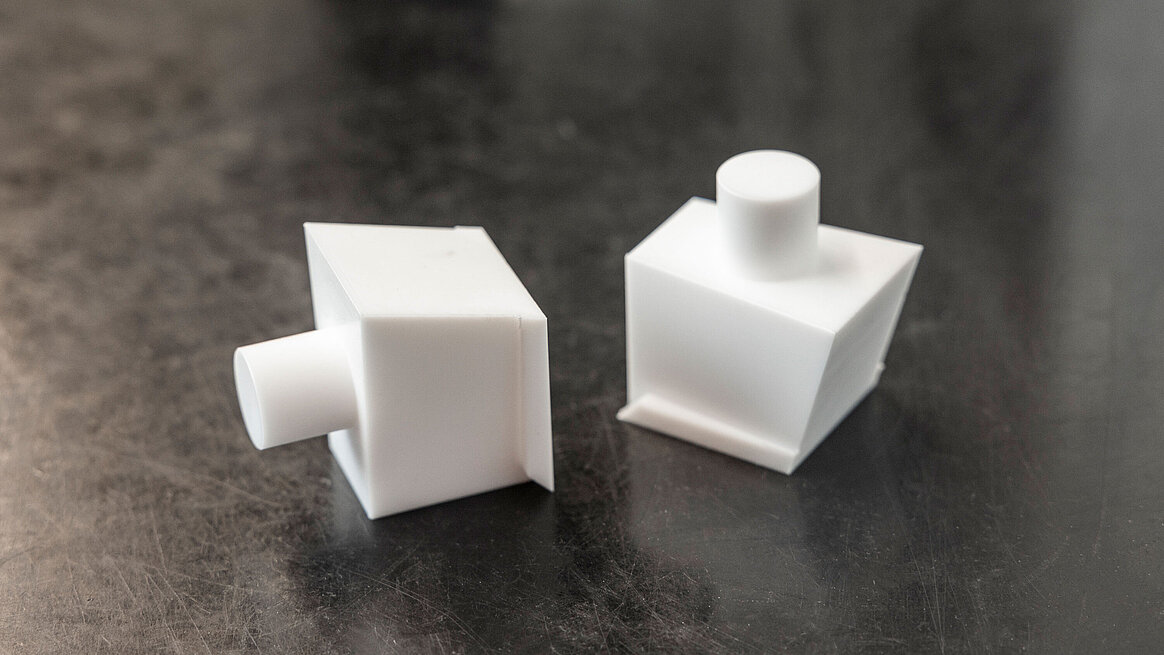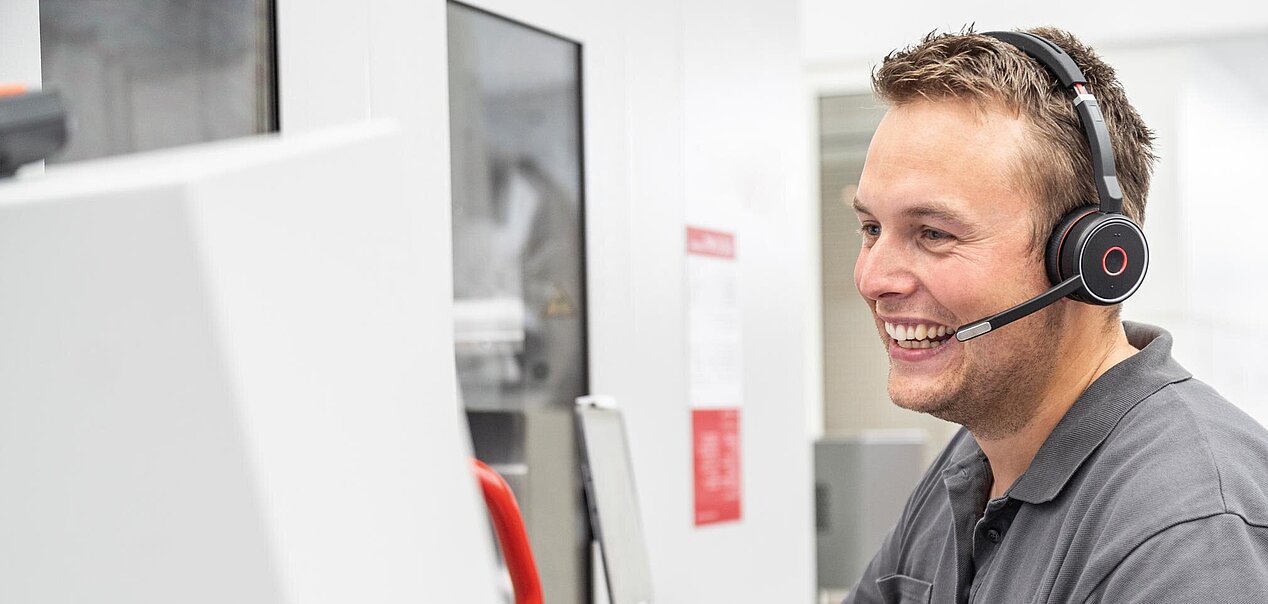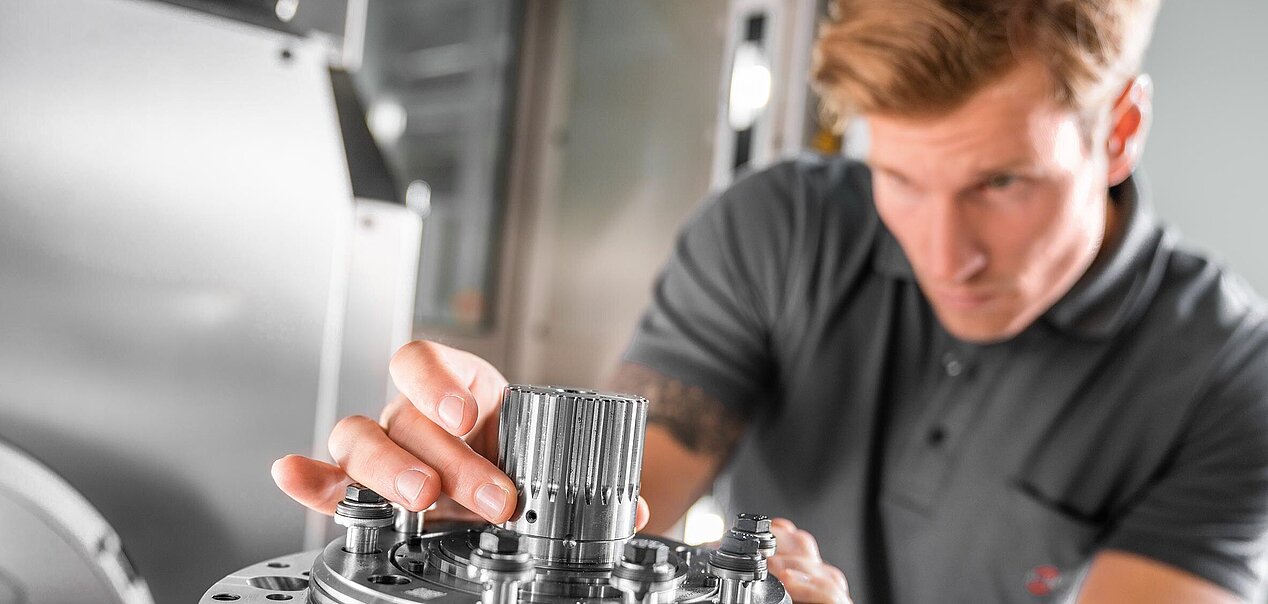C 400 | RAMGRABER | Supplier industry
According to World Semiconductor Trade Statistics (WSTS), the European market was projected to experience growth of 6.3% in 2023. This fact also has a direct impact on suppliers like Ramgraber: Microchip manufacturers utilise its equipment to etch, structure, strip, plate, wash and dry their wafers – often based on silicon, silicon carbide, gallium arsenide, glass or ceramics. The company places a significant emphasis on vertical integration, a principle to which the HERMLE C 400 U also contributes.
MICROCHIPS ARE ESSENTIAL TO ENSURE TECHNOLOGICAL PROGRESS IN MANY INDUSTRIES
Semiconductors, whose production requires a great deal of expertise and precision, are correspondingly much sought after – especially by equipment manufacturers for wet and drying processes. One of them is Ramgraber. Established in 1972 by Egon Ramgraber, the company initially specialised in building switch cabinets, as well as plating and ultrasonic equipment for the electrical industry. Since the early 1990s, special wet-chemical process equipment and machines for the semiconductor industry have been developed and manufactured according to customer requirements. Holger Koch joined the management team in 2013 and has been the sole managing director since 2021. Besides its headquarters in Hofolding near Brunnthal, the equipment manufacturer now boasts a branch location in Wutach, near Donaueschingen in southern Germany.
Ramgraber’s modest selection of standard products includes, for example, its spin rinse dryers. “It is basically just a cleaner for silicon wafers,” explains Koch. The substrates are rinsed in the spin rinse dryer with ultra-pure water to a defined conductivity value before being spun and then dried with hot nitrogen. The wafers are placed in transporter carriers, which ensure they are fixed separately inside the system. “Chip manufacturers subsequently build circuits on these silicon discs using various coating, etching or electroplating processes. One disc is then laser cut into several thousand microchips,” explains Koch, when outlining the process performed by Ramgraber customers.
Wet chemical processes for high-tech industries
Customised systems take on entirely different dimensions compared to the washing and drying equipment. This includes modular wet benches, i.e. wet chemical workstations, as well as partially and fully automated wet process equipment for cleaning, etching and plating. Besides the semiconductor industry, the equipment is in high demand in medical technology and the solar industry. Construction takes several months. Employees are currently testing the transfer system installed above a series of white process and rinsing baths. This later guides the product carriers, under PLC control, through the process. From the mechanical design and electrical planning to software programming, everything takes place in-house. Ramgraber is also extremely well positioned in terms of vertical integration: “In theory, we can do almost everything ourselves. We only engage freelancers or contractors during peak periods to provide support in areas such as stainless-steel processing or switch cabinet construction,” explains Koch.
The equipment manufacturer’s machinery is correspondingly expansive and has featured a HERMLE C 400 U since 2019. After realising its predecessor had seen better days, Koch decided to move into the world of 5-axis technology. “This enables us to manufacture nearly all the components in one clamping setup, thereby significantly reducing throughput times,” he claims enthusiastically. Koch discovered the Gosheim-based machine manufacturer through the tool makers who also produce for Ramgraber: “We decided to take a closer look at the machines in use there.” He could tell, merely from the sound, whether HERMLE machines or other makes were hard at work in the production facilities. When making the final decision, Koch paid particular attention to availability and precision. “Dimensions may only deviate by hundredths, sometimes only by microns. Before acquiring the C 400 U, we had real problems with fits. Luckily, that is a thing of the past: Once programmed, the results are always perfect,” explains the managing director. He is also impressed with HERMLE’s understanding of service: “If something is defective, we receive a complete package of spare parts. The fitter is always on-site within 24 hours, replaces what needs to be replaced and everything else is returned. I have the peace of mind that the machine will be up and running again the day after next, at the latest.” According to Koch, the whole package is great.
